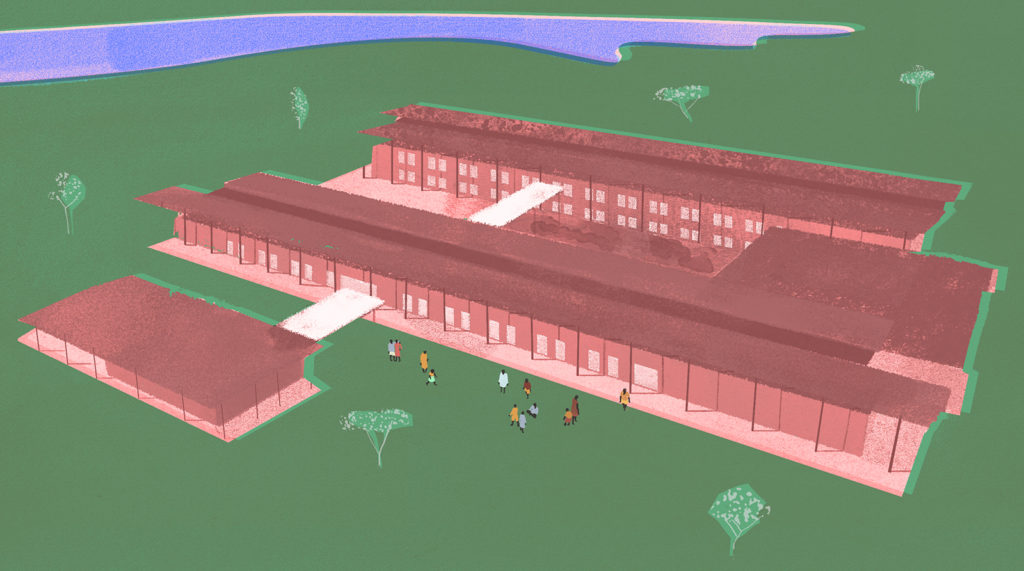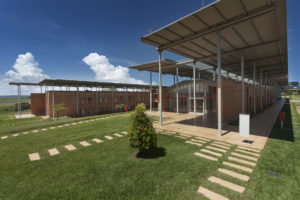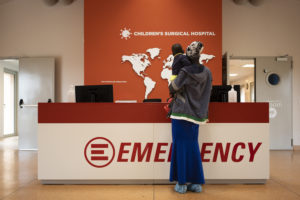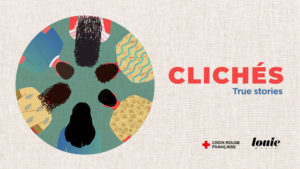
Xavier Pueyo
Description
Emergency aims to bring healthcare of excellence in Uganda and in the whole Africa, thereby putting into practice the right of every human being to free, high-quality medical care.
Context
Since it opened, the Children’s Surgical Hospital in Entebbe has admitted over 1,000 children for surgery and provided approximately 7,000 outpatient consultations, supporting children and families whose only alternative was a national health system with fewer than two doctors and five beds for every 10,000 inhabitants. In Uganda, 20% of children are in need of specialist surgical treatment, but until Emergency hospital opened, there were only four pediatric surgeons in the whole country. The mortality rate for children under five is 43 for every 1,000 born live, and 30% of those deaths are due to a lack of adequate surgery.
Technical details & Operations
 The hospital offers free healthcare to children under the age of 18 suffering from congenital malformations, urological and gynaecological issues, anomalies of the gastrointestinal tract, diseases of the hepatobiliary system, pancreas, and spleen, cleft lip and palate and burn contractures.
The hospital offers free healthcare to children under the age of 18 suffering from congenital malformations, urological and gynaecological issues, anomalies of the gastrointestinal tract, diseases of the hepatobiliary system, pancreas, and spleen, cleft lip and palate and burn contractures.
The idea of the project started with a friendship between Gino Strada, the founder of Emergency, and the architect Renzo Piano, designer of the hospital.
The facility boasts 100,000 square feet (9,700 m2) of floor space, 72 beds – six for intensive care and 16 for sub-intensive care – 50 beds in the ward, one observation and stabilisation ward, six outpatient clinics, a diagnostic centre, a laboratory for analysis, a blood bank, a pharmacy, as well as all the auxiliary services such as a canteen and a laundry. It also has a guest house, a free-of-charge accommodation for patients and families coming from afar. The solar energy system is linked to one of the hospital’s most distinctive features: its pair of roofs. The higher of the two, which provides cover, is made of corrugated sheet metal and supports the 2,500 solar panels, which have the twofold function of capturing energy and providing shade, helping control the temperature in the building. The lower roof is made of Zintek, an alloy of zinc, titanium and copper. The space between the two – varying from 7 to 20 feet (2 to 7 metres), facilitates the maintenance.
The garden at the hospital has 350 plants representing over 20 species. They surround the hospital and can be seen from the big windows in every patient’s room.
Deployment & Impact
The Children’s Surgical Hospital is a great example of the circular economy. By placing its management in the hands of local government, Emergency will be handing over a piece of Uganda’s future. One of the centre’s most important long-term goals is to turn out a generation of trained, qualified young Ugandan doctors and nurses, who will in turn help build local skills and leave a long-term mark on the country’s healthcare. Also, from the medical point of view, the aim is to make the hospital the core of paediatric surgery in Uganda and neighbouring countries and thereby spread a message of peace for the whole continent.






